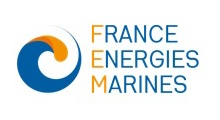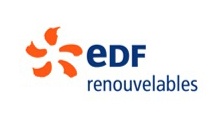
DUNES
Dynamics of hydraulic dunes and impact on ORE projects
Duration: 40 months (2019 - 2022)
Context
Hydraulic dunes are sedimentary structures formed by the combined action of marine currents and waves. They are relatively frequent in the areas where future offshore farms are planned in the North Sea and the Channel. As part of the electrical connection of these farms, the laying of cables on the seabed will involve cutting and dredging the dunes present. The assessment of the impact of this type of work requires a better knowledge of the natural evolution of these ecosystems whose sedimentary and biological dynamics are still poorly understood. In addition, due to their extreme morphological variability and potentially high travel speed, hydraulic dunes can have an impact on ORE systems and require increased monitoring operations.
Objectives
- To understand the sediment and ecosystem dynamics of underwater dunes off the coast of Dunkirk.
- To offer ORE-sector technology developers and industrial firms knowledge and complementary approaches for working in environments with hydraulic dunes.
Scientific and technical contents
- Mapping of the dunes of French mainland coasts.
- Acquisition of high-resolution spatio-temporal data on Dunkirk dune dynamics.
- Understanding the short-term evolution of these underwater dunes.
- In-situ characterisation of the structure of dune ecosystems.
- Characterisation of ecosystem function by studying food webs through isotopic analyses.
Resources
Press release – 27/08/19 (PDF)
Partners and funding
This project is led by SHOM and France Energies Marines.









The total project budget is €1,280K.
This project receives funding from France Energies Marines and its members and partners, as well as French State funding managed by the National Research Agency under the Investments for the Future Programme (ANR-10-IEED-0006-33).

Photo credit: France Energies Marines